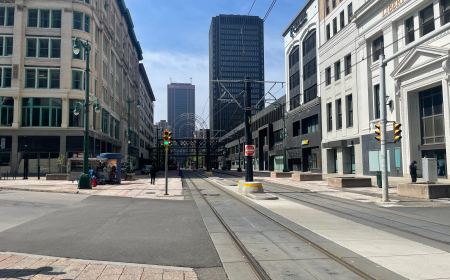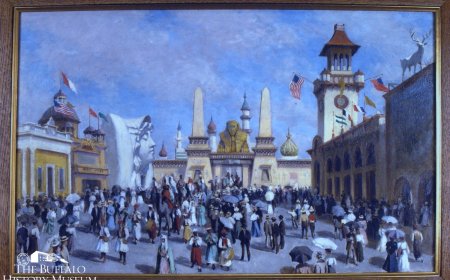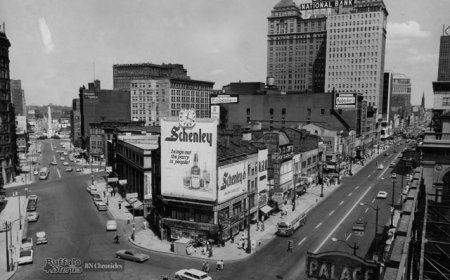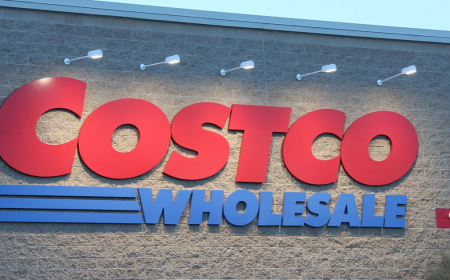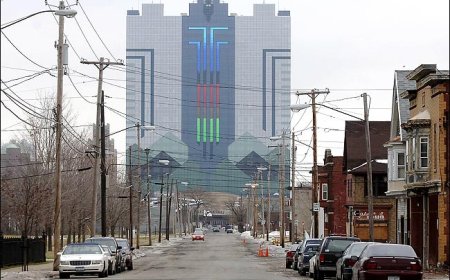The Rise and Fall of Buffalo's Steel Empire
How Buffalo built America's second-largest steel industry and what happened when the mills closed, changing Western New York forever.
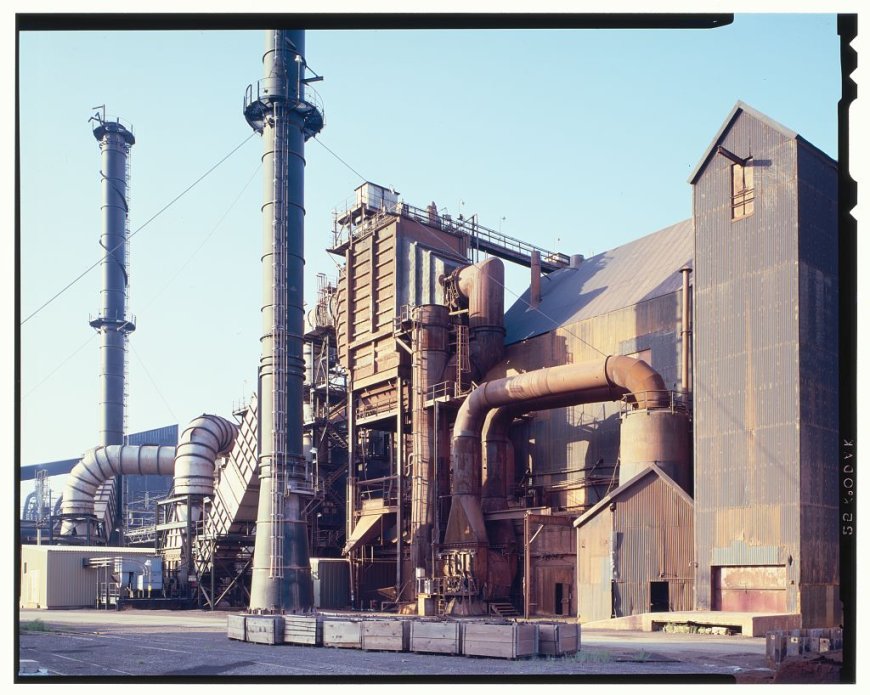
Buffalo, New York, once stood as a titan of American industry, its steel mills forging the backbone of the nation’s industrial might. Situated at the crossroads of the Great Lakes and the Erie Canal, Buffalo’s strategic location and abundant resources fueled its ascent as a steel powerhouse in the late 19th and early 20th centuries. However, by the late 20th century, the city’s steel empire crumbled under the weight of economic shifts, global competition, and technological changes. This article explores the meteoric rise and dramatic fall of Buffalo’s steel industry, tracing its impact on the city’s identity, economy, and legacy.
The Rise: Buffalo’s Industrial Ascendancy
Buffalo’s steel industry took root in the mid-19th century, driven by its proximity to Lake Erie, which provided access to iron ore from the Mesabi Range in Minnesota and coal from Pennsylvania. The completion of the Erie Canal in 1825 and the expansion of railroads made Buffalo a critical hub for transporting raw materials and finished goods, positioning it as an ideal location for heavy industry.
The Birth of a Steel Giant
The Lackawanna Iron and Steel Company, established in 1840 in Scranton, Pennsylvania, relocated to Buffalo in 1902, marking a turning point for the city’s industrial growth. Renamed Bethlehem Steel in 1922 after a merger, the company’s massive plant in Lackawanna, just south of Buffalo, became one of the largest steel production facilities in the world. By the early 20th century, the plant employed thousands, producing steel for railroads, skyscrapers, and wartime efforts.
Buffalo’s steel industry thrived during the industrial boom of the late 19th and early 20th centuries. The city’s mills churned out steel for iconic projects like the Panama Canal, the Empire State Building, and military equipment during both World Wars. At its peak in the 1950s, Bethlehem Steel’s Lackawanna plant employed over 20,000 workers, and the industry supported a sprawling ecosystem of suppliers, railroads, and local businesses. The city’s population swelled, reaching 580,000 by 1950, as migrants from across the United States and Europe flocked to Buffalo for well-paying factory jobs.
Economic and Cultural Impact
The steel industry shaped Buffalo’s identity as a gritty, blue-collar city. Neighborhoods like South Buffalo and Lackawanna became melting pots of Irish, Polish, Italian, and African American communities, each contributing to the city’s cultural fabric. Steelworkers’ wages fueled a vibrant local economy, supporting businesses, schools, and infrastructure. The industry’s success also fostered a sense of pride, with Buffalo earning the nickname “City of Light” for its early adoption of electricity, partly powered by nearby Niagara Falls.
The Fall: Decline and Deindustrialization
The decline of Buffalo’s steel empire began in the post-World War II era, as a combination of economic, technological, and global factors eroded its dominance. By the 1980s, the industry was a shadow of its former self, leaving behind abandoned mills and a struggling city.
Global Competition and Technological Shifts
After World War II, Europe and Asia rebuilt their steel industries with modern, efficient facilities, often subsidized by governments. Countries like Japan and Germany adopted advanced technologies, such as oxygen furnaces, which produced steel more cheaply than Buffalo’s aging plants. Meanwhile, American steelmakers, including Bethlehem Steel, relied on outdated open-hearth furnaces and hesitated to invest in costly upgrades, assuming demand would remain steady.
The rise of globalization further exposed U.S. steelmakers to low-cost imports. By the 1970s, foreign steel flooded the American market, undercutting domestic producers. Buffalo’s mills, burdened by high labor costs and inefficiencies, struggled to compete.
Economic and Policy Challenges
The 1970s brought additional pressures. Rising energy costs, driven by the oil crises of 1973 and 1979, increased production expenses. Environmental regulations, while necessary to address pollution from steel plants, added compliance costs that strained budgets. Labor disputes also played a role, as unions fought to maintain wages and benefits in the face of declining profits, leading to tensions with management.
Federal trade policies failed to protect domestic steelmakers. Weak tariffs and trade agreements allowed foreign steel to dominate, while U.S. companies faced declining market share. Bethlehem Steel, once a symbol of American industry, began downsizing its Lackawanna operations in the 1970s, cutting thousands of jobs.
The Collapse
By 1983, Bethlehem Steel’s Lackawanna plant had ceased most operations, with only a small galvanizing facility remaining. The closure was devastating: over 20,000 jobs vanished, and entire communities were gutted. The ripple effects were profound—local businesses shuttered, property values plummeted, and Buffalo’s population began a steady decline, dropping to under 300,000 by 2000. The rusted-out mills, left abandoned in place, became haunting symbols of deindustrialization.
The Aftermath: Buffalo’s Struggle and Reinvention
The fall of the steel industry left Buffalo grappling with economic stagnation and urban decay. The city’s unemployment rate soared, and poverty levels rose as former steelworkers struggled to find comparable jobs. The abandoned mills, sprawling across hundreds of acres, posed environmental challenges, with contaminated soil and water requiring costly cleanup efforts.
Efforts at Revitalization
In recent decades, Buffalo has sought to reinvent itself. The former Bethlehem Steel site has been partially redeveloped into a mixed-use area, including renewable energy projects like wind turbines and solar farms. The city has also invested in tourism, leveraging its architectural heritage, proximity to Niagara Falls, and revitalized waterfront to attract visitors. Institutions like the University at Buffalo have driven growth in education and healthcare, while small-scale manufacturing and tech startups have emerged.
However, challenges remain. The scars of deindustrialization are visible in persistent poverty and vacant neighborhoods. Buffalo’s recovery has been uneven, with gentrification in some areas contrasting with neglect in others. The city’s population continues to shrink, and replacing the economic engine of steel has proven difficult.
Legacy of the Steel Empire
Buffalo’s steel industry left an indelible mark on the city’s identity. The mills, though largely gone, are remembered through local museums and historical societies that preserve the stories of workers and their communities. The industry’s decline also sparked a broader conversation about America’s industrial policy, trade, and the human cost of economic transitions.
Conclusion
The rise and fall of Buffalo’s steel empire is a microcosm of America’s industrial history. From its heyday as a global steel powerhouse to its collapse amid globalization and technological change, Buffalo’s story reflects the triumphs and challenges of the Rust Belt. While the city has begun to forge a new path, the legacy of its steel industry—its innovation, its workers, and its resilience—continues to shape its future. As Buffalo navigates the 21st century, it carries forward the lessons of its past, striving to rebuild while honoring the empire that once defined it.
What's Your Reaction?
 Like
0
Like
0
 Dislike
0
Dislike
0
 Love
0
Love
0
 Funny
0
Funny
0
 Angry
0
Angry
0
 Sad
0
Sad
0
 Wow
0
Wow
0


